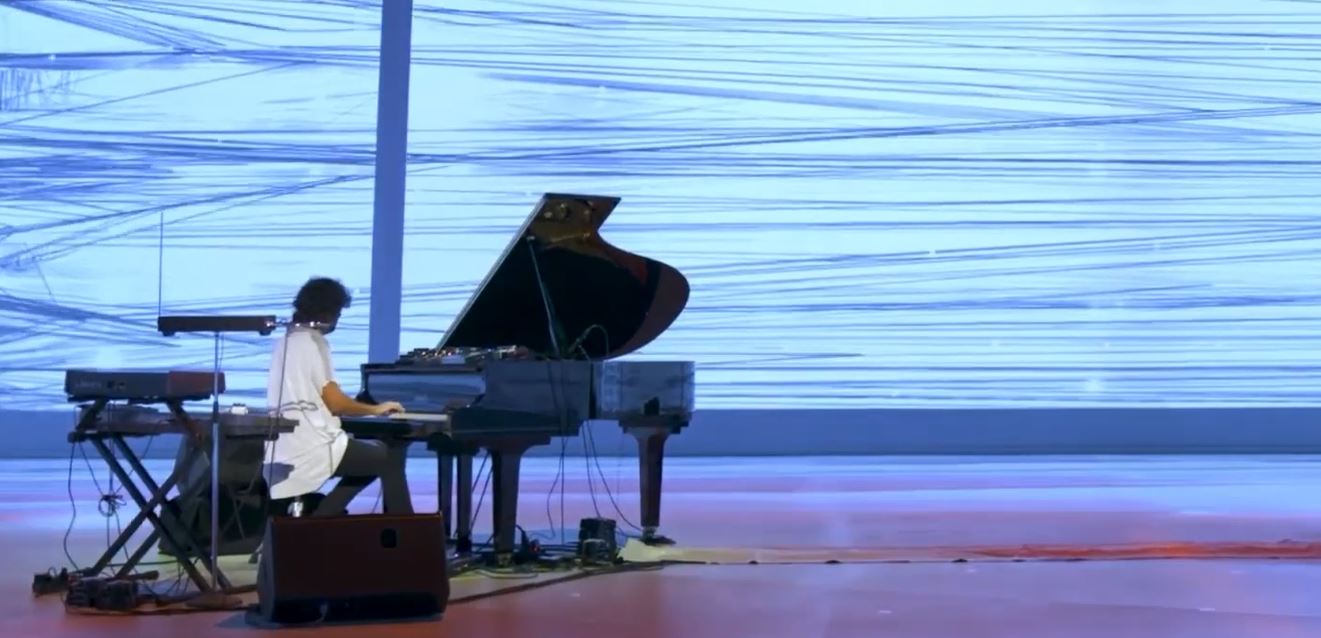
Orchestra conductor
Description
Orchestra conductor is the professional in charge of balancing and improving the musical results of a musical formation in an orchestral context. Conducting an orchestra requires the ability to unite a group of musicians in the same sound intention that will express feelings and emotions through the musical interpretation of the conductor.
In the act of conducting the orchestra, the interpretative personality of the orchestra's direction is expressed, therefore, although the functions of each conductor are the same, the way in which he/she executes them makes each conductor different and brings his/her own personality. This personal interpretation of each work is possible because musical compositions use terms that lend themselves to varying degrees of ambiguity and are therefore subject to the interpretation of the conductor.
Conducting an orchestra requires knowledge that can be divided into three main areas. Firstly, the practical and theoretical study of an adequate gestural technique. The gesture is what makes the conducting exercise physically recognisable in the first place and is a representation of the internal discourse of the music. Secondly, the study and knowledge of what is to be conducted of the score, of the composer's own musical composition. Thirdly, the study and knowledge of the formation to be conducted (orchestra, choir, band, etc.) of the sound source.
In short, the conductor (of a symphony orchestra, philharmonic orchestra, choir or chamber group) directs, unifies, rehearses, guides, interprets, takes responsibility, leads and expresses the music played by the orchestra.
Tasks
- Conduct an orchestral ensemble in an audition or concert. Help the performers to initiate, maintain the tempo and rhythm of a piece of music.
- Carry out his/her mission by making the ensemble of the orchestra's instruments convey as faithfully as possible what the composer wanted to express. The conductor is the authority figure, in other words, the one who must coordinate the whole orchestra.
- Listen and react to balance the sound produced by the orchestra, keep the tempo, indicate the input of each instrument, mark the dynamic and agogic accents and carry out any other relevant instructions left to the score by the composer.
- Use the hands and/or the baton to communicate with the musicians as an element of direction and as a physical expressiveness to transmit his/her interpretation (with movements, looks, and even with the whole body) to the musicians and the audience. Bring their character to the performance, representing it, and is responsible for ensuring interpretative harmony within the orchestra. With his/her personality, he/she also defines the style and character of the whole orchestra and his/her musical interpretations.
- In charge of organising and planning rehearsals and choosing the repertoire and the order in which it will be played, unifying the musical idea.










 | Catalan | Beginner
| Catalan | Beginner | English | Advanced
| English | Advanced
 Open
Open




 | English | Beginner
| English | Beginner


